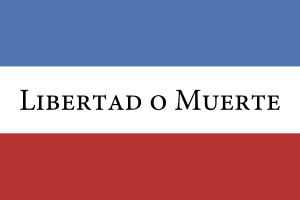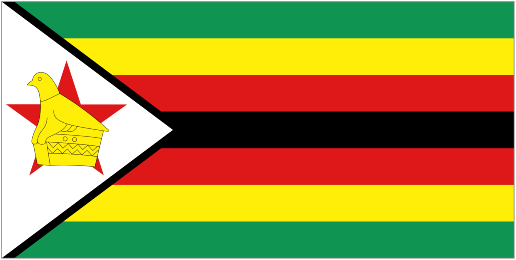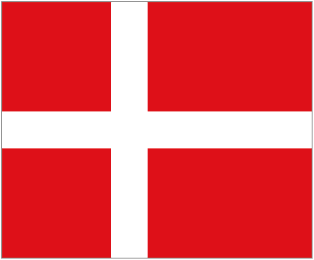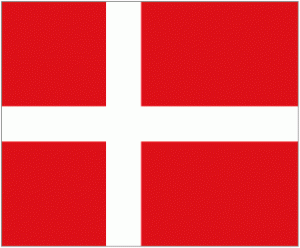And this day shall become a memorial for you, and you shall observe it as a festival for the Lord, for your generations, as an eternal decree shall you observe it. For seven days you shall eat unleavened bread, but on the first day you shall remove the leaven from your homes … you shall guard the unleavened bread, because on this very day I will take you out of the land of Egypt.
— Exodus 12:14
We were slaves to pharaoh in Egypt
The year was 1492
Hitler had just invaded Poland
Madonna had just become a Jew…— Passover according to Wikipedia,
“They Tried to Kill Us (We Survived, Let’s Eat)“ by Jewmongous
This week Jews across the world have plenty of Haggadahs to choose from.
The Haggadah is the book by which Jewish families at the Passover table recite the stages of the seder meal. The Haggadah details the exodus of Hebrew slaves from Egypt and asks the religion’s most famous question:
Why is this night different from all other nights?
The question begets four more:
- Why is it that on all other nights during the year we eat either leavened bread, but on this night we eat only matzoh?
- Why is it that on all other nights we eat all kinds of vegetables, but on this night we eat bitter herbs?
- Why is it that on all other nights we do not dip our food even once, but on this night we dip them twice?
- Why is it that on all other nights we dine either sitting upright or reclining, but on this night we all recline?
The questions are asked by the youngest child at the dinner able to do so.
But for those Jews who just don’t have the time (or patience) to go through the entire Passover ceremony, Michael Rubiner has created the Two-Minute Haggadah:
“Overview: Once we were slaves in Egypt. Now we’re free. That’s why we’re doing this.
Four questions:
1. What’s up with the matzoh?
2. What’s the deal with horseradish?
3. What’s with the dripping of the herbs?
4. What’s this whole slouching at the table business?
For the sake of brevity, everydaysaholiday.org is going with Rubiner’s answers:
1. When we left Egypt, we were in a hurry. There was no time for making decent bread.
2. Life was bitter, like horseradish.
3. It’s called symbolism.
4. Free people get to slouch.
Of course, for those secular Jews who would still like a little more meat on their shank bone, there’s the Liberated Haggadah. Developed by Rabbi Peter Schweitzer of the City Congregation of Humanistic Judaism in New York, the Liberated Haggadah seeks to involve Jews who consider themselves “culturally” Jewish, but not necessarily religious.
One of the Liberated Haggadah’s questions:
“Why is there an orange on the seder plate?”
[The orange is not one of the traditional six items on the seder plate, which normally include maror (bitter herbs), chazeret (lettuce), charoset (apples & cinnamon), a lamb shank bone, parsley, and a hard-boiled egg.]
The answer:
“To remind us that all people have a legitimate place in Jewish life, no less than an orange on the seder plate, regardless or gender or sexual identity…And to teach us, too, how absurd it is to exclude anyone who wants to sit at our table, partake of our meal, and celebrate with us the gift of life and the gift of freedom.”
The Liberated Haggadah also grapples with some of the more neglected questions of Passover. Like why the main event in the formation of the Jewish faith, Moses’ leading the Hebrews from bondage in Egypt, has yet to encounter any historical evidence to back it?
Even the role of the Old-time Hebrew God is all but removed from the narrative. A step even reform Jews may have difficulty with.
Or for those who don’t want any shank bone, there’s Roberta Kalechofsky’s vegetarian haggadah, “Haggadah for the Liberated Lamb“, which reaffirms the traditional Hebrew God, but with an animal-friendly perspective:
“In lovingkindness You instructed Noah to build an ark
and save each kind from among Your creatures.
Neither are we so hardhearted as
to believe that the earth was created
for us alone…
Teach us to live likewise
So that every living creature,
Every beast of the field and fowl of the air
May praise You, and our voice be among them.”
There’s a Haggadah for Poets, a Haggadah for Women. There’s even a Haggadah for Christians.
But regardless of which Haggadah you use, remember, it ain’t a Haggadah if it ain’t got the Frog Song.
Sarajevo Haggadah: Jewish Manuscript Saved by Bosniaks Muslims
Facebook Haggadah: Moses is departing Egypt
In Haggadah de vida, honey
Don’t you know that I love you?
In Haggadah de vida, baby
Don’t you know that I’ll always be true?— Iron Butterfly












